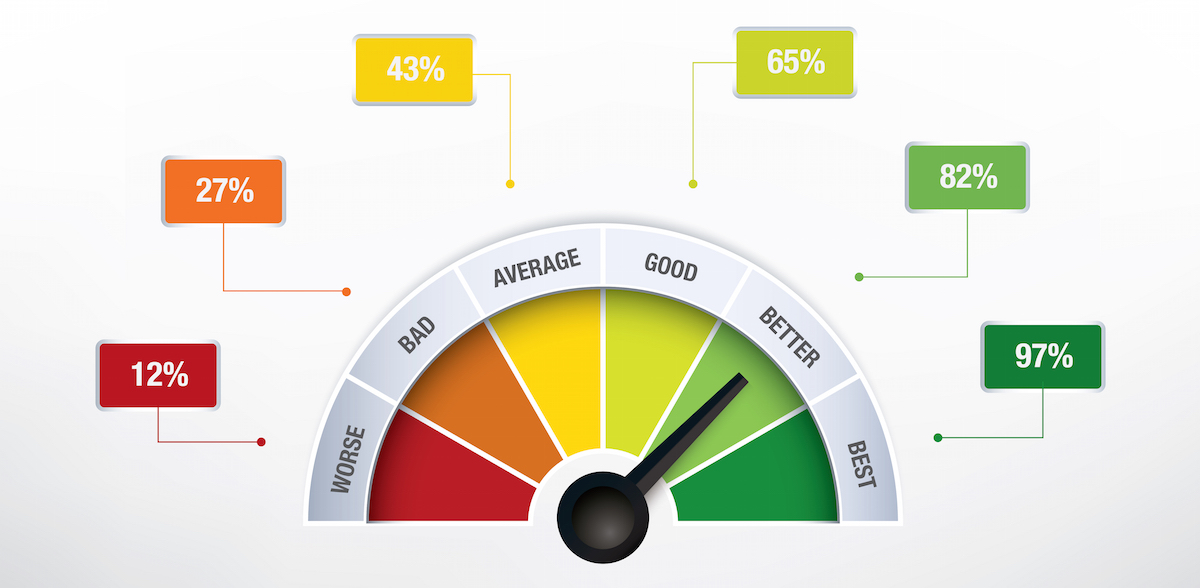The social media boom has brought about many interesting business ideas. One of those big bang ideas is’ review apps’, which help customers review for food, nightlife, movies, doctors, holiday destinations that they partook in. The ranking and comments on the review apps determine customer volume. There have been many stories, of how, in spite of being cash rich -badly managed establishments have had to shut shop due to poor reviews. And the reverse too, high-ranks for small B&B places, have established vacation spots out of humble homes.
The effectiveness of a performance review driven through social pressures is now a working business model. Performance reviews are effective tools to drive organization systems. Understanding and evaluating performance of individual thus team and organization is an important metric in organization development. Review is just one of the many parts in a performance management process. Some of the other significant parts include goal setting, employee engagement, training, improvement plans and performance based actions like promotions, resource planning etc.
So let’s take a look at why are performance reviews important for an organization:
- Employee engagement – a highly engaged employee is one who thrives in the work he/she is doing and is able to foresee growth in that. Reviews accentuate these discussions
- Financial – Sales team have a direct impact on financial gains and those who have control of budgets, require review and assistance. Operational costs of training, re-hire are all outcomes of reviews
- Organization culture – Reviews acts as a dip-stick survey on the organization culture and performance. Leaders then are able to appropriate interventions based on this.
How do you define a performance review? One definition could be “that it is a systematic evaluation of an individual with respect to performance on the job and individual’s potential for development”. There are many traditional methods that have been devised to measure the quantity and quality of performance via appraisals like using subjective rating scales, management by objectives or a 360 degree feedback. All of these systems are good evaluation methods and have been used with success in many organizations. However, there is a growing trend in some high-performing organizations, to have continuous feedback process. Employees are encouraged to actively give feedback about one-another and not wait for any specific time or cycle. The performance management tool or an employee engagement platform is used to send and record these feedbacks. These feedbacks are visible as a part of the employee’s performance records throughout his/her career. This system works efficiently, as the employee is able to grasp perceptions of strengths and weakness immediately.
The crux of a performance review, irrespective of whom or when it is given lies in how feedback is structured. The feedback should ensure scope for both dialogue and clarity. One popular method of feedback is the three thronged process:
- establish the Situation of how things currently stand – e.g. You were responsible for ensuring tracking and communicating milestones
- explain the Behaviour that exists and/or is desired – e.g. You have been able to consistently meet your milestones and have done a fairly good job in communicating these milestones with the on-site team.
- define the Impact of the actions have caused changes- e.g. Since you have frequently been updating and ensuring milestone completion, we have been to gain the confidence of the client.
Once a feedback has been delivered, encourage the other person to think about the situation and to understand the impact of his or her behaviour.








